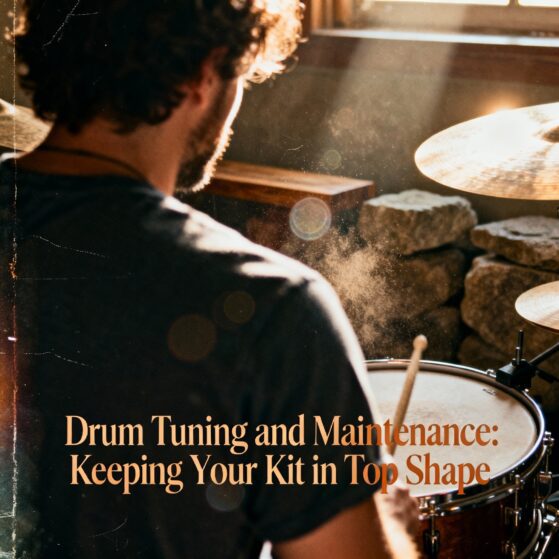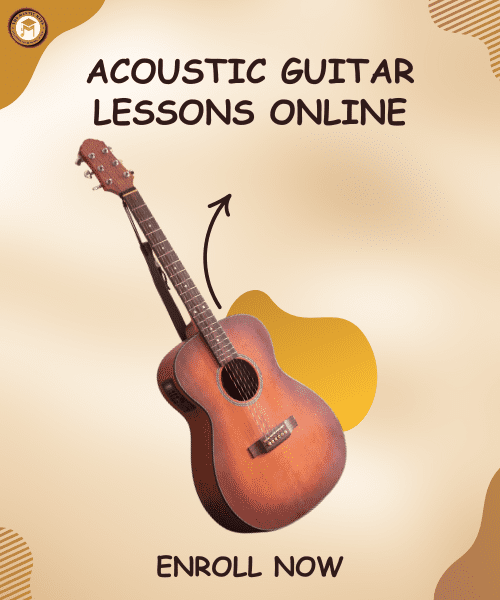Guitar Techniques | Bends, Slides, Hammer-ons & Pull-offs Guide
The guitar is one of the few instruments that can whisper, cry, shout, and celebrate—sometimes within a single phrase. What makes this emotional language possible isn’t just the notes on a scale, but how those notes are played. A simple melody can sound flat and lifeless without expression, yet become unforgettable when infused with guitar techniques that shape tone, phrasing, and attitude. Guitar legends around the world have built their signature sound through expressive elements such as bends, slides, hammer-ons, and pull-offs. These guitar techniques don’t just enhance playing—they define it. Understanding them gives every guitarist the ability not only to perform music, but to communicate emotion.

Bends as Guitar Techniques | Making Notes Cry, Rise, and Burn
Bends elevate the guitar beyond its natural pitch range by stretching the string to reach another note. The beauty of bending lies in how gradually or aggressively the pitch rises. A slow and controlled bend almost feels like a note fighting its way upward, creating suspense and longing. Conversely, a rapid bend hits the emotional peak instantly, offering excitement or defiance. Blues musicians often favor half-step bends to add subtle tension, while rock and metal guitarists frequently use full-step and even two-step bends to produce razor-sharp intensity.
There are several expressive variations that enrich guitar phrasing. A pre-bend allows the player to bend silently before picking the note, revealing the pitch on release, which creates an element of surprise. A bend-and-hold sustains the tension dramatically, letting the note hover at its highest point while vibrato adds final touches of emotion. Then there is the bend-release, where climbing the pitch and slowly letting it descend mimics a sigh or cry. Every variation has its own emotional purpose, and mastering them gives the guitarist control over how the audience feels.

Slides as Guitar Techniques — Gliding Across Notes with Emotion and Attitude
Slides create smooth motion across the fretboard and eliminate the abruptness of jumping between notes. Instead of starting and stopping, the finger allows one sound to melt into the next. Ascending slides climb with ambition, as though reaching for something ahead, while descending slides feel reflective or nostalgic, as if falling back into memory. Short slides add personality to endings of phrases, giving a hint of attitude or flair. Longer, dramatic slides across multiple frets are effective when building anticipation before a big chord or solo.
Slides can be applied in many subtle ways as well. Some players use very light micro slides to give phrases a loose, bluesy character without drawing too much attention. Others intentionally exaggerate slides in rock solos to emphasize energy and showmanship. Acoustic fingerstyle musicians apply gentle slides to imitate the smooth, lyrical sustain of vocals or violin. Every style uses slides differently, but the goal remains the same: to create fluid motion and emotional flow through melody.

Hammer-ons | Bursting Forward with Energy and Fluidity
Hammer-ons create new notes without picking by striking the string forcefully with the fretting hand. This technique adds fluidity and helps melodies accelerate without interruption. Hammer-ons work wonderfully in fast runs because they eliminate the need to pick every note, creating a smooth, legato effect. They’re also a favorite in acoustic fingerstyle, where they embellish chord shapes and add rhythmic decoration.
The volume and force of the hammer-on greatly affect expression. A soft hammer-on produces a gentle, dreamy vibe ideal for ballads or ambient melodies. A strong hammer-on produces a punchy response that fits rock riffs or heavy lead playing. When hammer-ons are repeated in patterns, they build intensity, making the lick unfold with the momentum of a rolling wave. Even a simple two-note hammer-on can transform an ordinary phrase into something vibrant and expressive.

Pull-offs as Guitar Techniques | Releasing Notes with Grace and Sensitivity
Where hammer-ons push the phrase forward, pull-offs soften it and help it breathe. Pull-offs involve lifting the fretting finger while brushing the string downward just slightly, allowing the lower note to ring clearly. The technique creates gentle downward momentum, almost like letting gravity guide the sound. While they can be played at blistering speed for energetic runs, pull-offs are equally effective at slow tempos, where they sound tender and emotional.
What makes pull-offs captivating is how they remove the harsh edge of continuous picking. Their softness adds human warmth to the tone. Guitarists often use them to resolve a phrase, ending the musical sentence gently. When paired in rapid alternation with hammer-ons, they form trills that sparkle with excitement. In solos, pull-offs add vulnerability and expressiveness, especially when the player lets the final note linger into silence.

When Techniques Combine — Unlocking the Real Voice of the Guitar
Each technique has its own personality, but the magic becomes even more powerful when they are woven together. A solo might begin with a slide to establish suspense, climb into a soaring bend to unleash emotion, burst into a flurry of hammer-ons to ignite energy, and finish with a soft pull-off to land gracefully. This blend creates storytelling through sound, guiding listeners through peaks and valleys of feeling.
The most memorable guitar solos aren’t complex because of the number of notes; they’re unforgettable because of the emotional contrast and phrasing created through techniques. The gentle release after an intense bend, the sudden speed after a smooth slide, or the softness after a flurry of hammer-ons communicates more than sheet music ever could. Every detail—vibrato on a bend, the length of a slide, the strength of a hammer-on—adds personality to the performance.

Final Thoughts
Learning bends, slides, hammer-ons, and pull-offs takes patience and repetition, but the reward is immense. At The Mystic Keys, our Guitar Lessons Online are designed to guide students through these techniques step by step, helping them transform the guitar from a mechanical instrument into something soulful and expressive. Once these skills become second nature, every note begins to carry intention and meaning. Guitarists gain the ability not only to play music but also to tell stories, evoke memories, and stir emotion.
For more information and exciting resources about learning music, visit our website at The Mystic Keys. For more music content and exciting offers follow us on
Facebook, Instagram, YouTube, LinkedIn, Twitter, Pinterest, and Threads.








